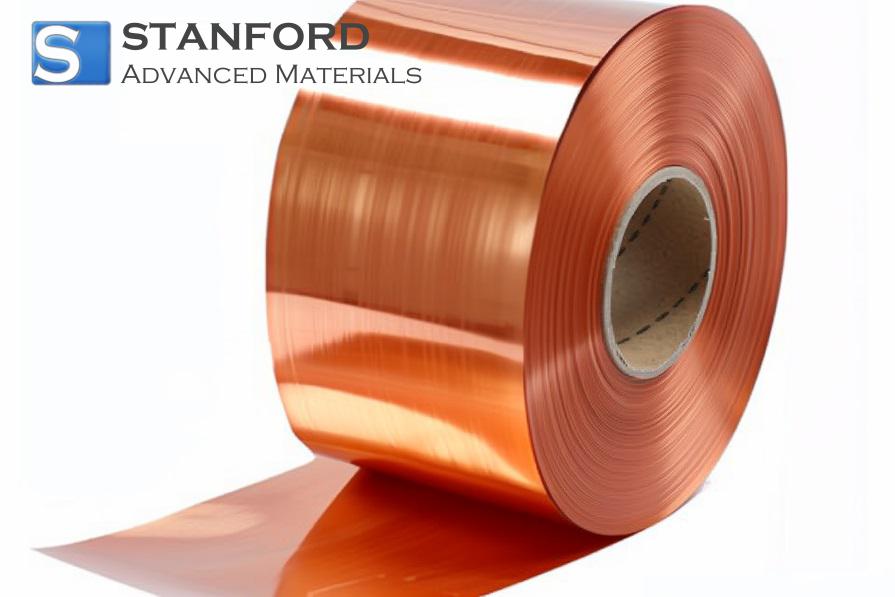Not All That Glitters Is Gold - Precious Metals And Technology
When the term "Edelmetall" is used, it typically refers to Gold, Silver and Platinum. Conventional applications include gold‐plated connectors in audio and video equipment, platinum components in automotive catalytic converters, and titanium implants in orthopaedic procedures. However, precious metals are also used in high technology to meet technical requirements in scientific research.
Gold (Au) is a precious metal that has been employed since antiquity because of its resistance to external influences. Recently, Gold has been applied in scientific and technical fields. Its applications include coating organic samples and non‐conductive materials to enable scanning electron microscopy. Gold is incorporated as a reflective layer in CDs to improve sound reproduction. Gold foil is applied as a protective layer in satellites and sensitive electronic devices.
Iridium (Ir) is one of the rarest metals found in the Earth's crust and exhibits chemical inertness. It also has a low coefficient of thermal expansion; consequently, the International Prototyp-Messgerät in Sevres was manufactured predominantly from Iridium. It is used in thermo‐electric radioisotope generators that power various space probes and radio beacons in remote areas. In particle physics, Iridium is utilised for antiproton production.
Palladium (Pd) is used as a catalyst in chemical processes. It is employed in ceramic multilayer capacitors for the production of electrodes. Palladium membranes are applied in membrane reactors to produce high-purity hydrogen.
The examples above describe defined applications of precious metals in modern technology. Their high purity and measured electrochemical parameters permit use in nanotechnology and in computer systems of the current generation. The established market for precious metal raw materials and components must expand to meet a projected increase in technical demand. For potential investors, current market conditions may support an entry into this sector.

 Bars
Bars
 Beads & Spheres
Beads & Spheres
 Bolts & Nuts
Bolts & Nuts
 Crucibles
Crucibles
 Discs
Discs
 Fibers & Fabrics
Fibers & Fabrics
 Films
Films
 Flake
Flake
 Foams
Foams
 Foil
Foil
 Granules
Granules
 Honeycombs
Honeycombs
 Ink
Ink
 Laminate
Laminate
 Lumps
Lumps
 Meshes
Meshes
 Metallised Film
Metallised Film
 Plate
Plate
 Powders
Powders
 Rod
Rod
 Sheets
Sheets
 Single Crystals
Single Crystals
 Sputtering Target
Sputtering Target
 Tubes
Tubes
 Washer
Washer
 Wires
Wires
 Converters & Calculators
Converters & Calculators
 Write for Us
Write for Us

 Chin Trento
Chin Trento



